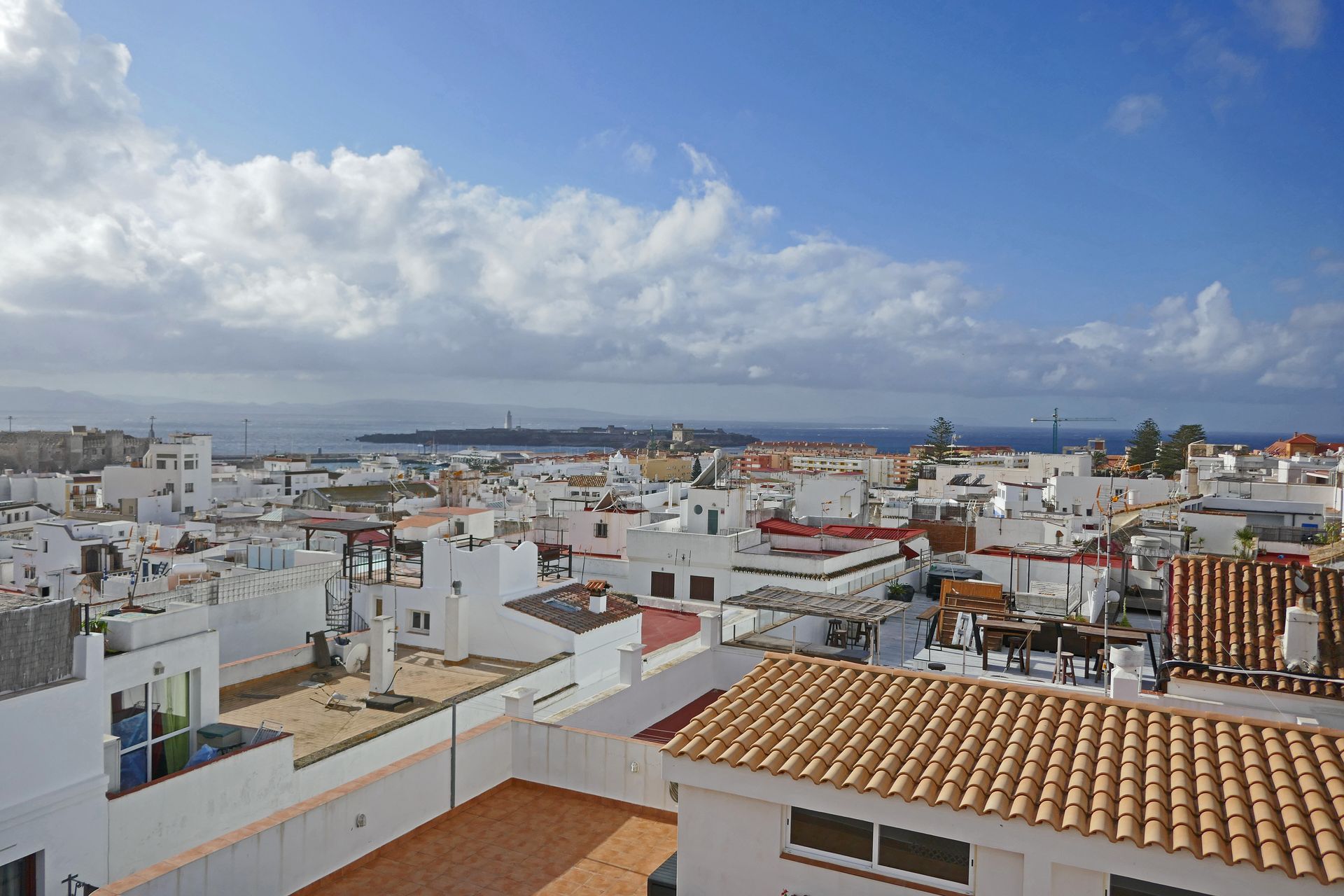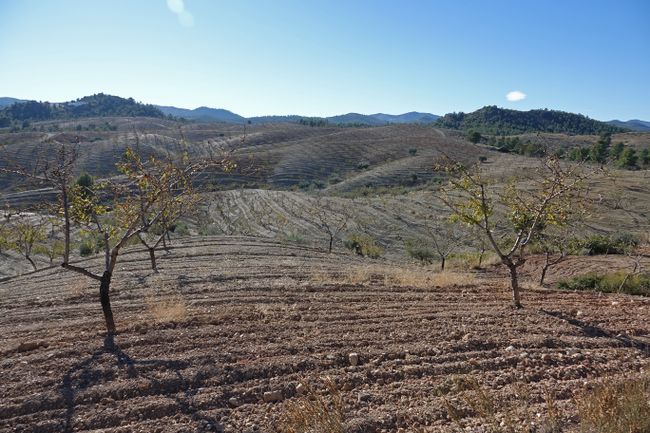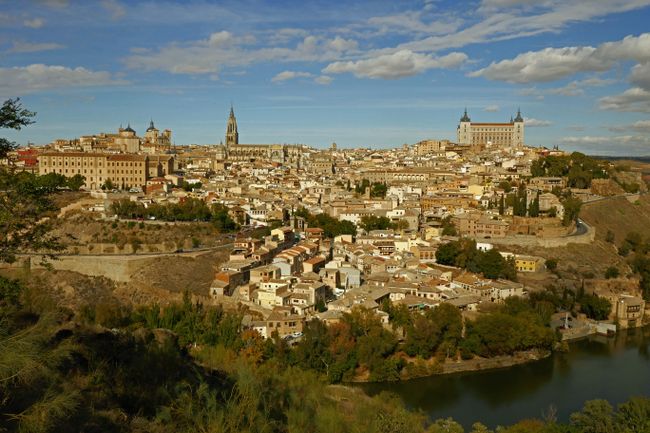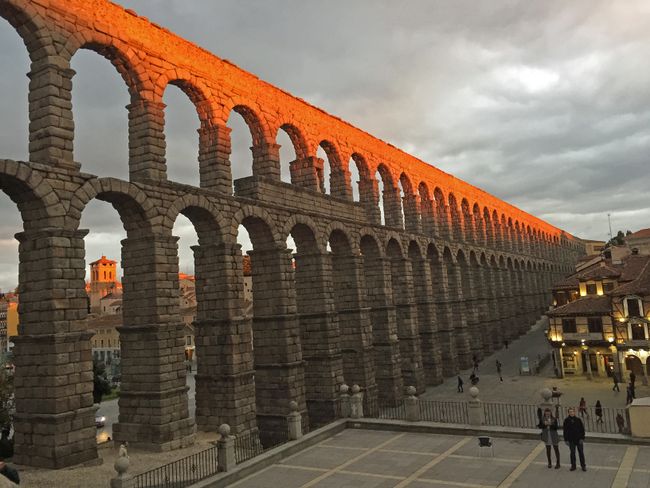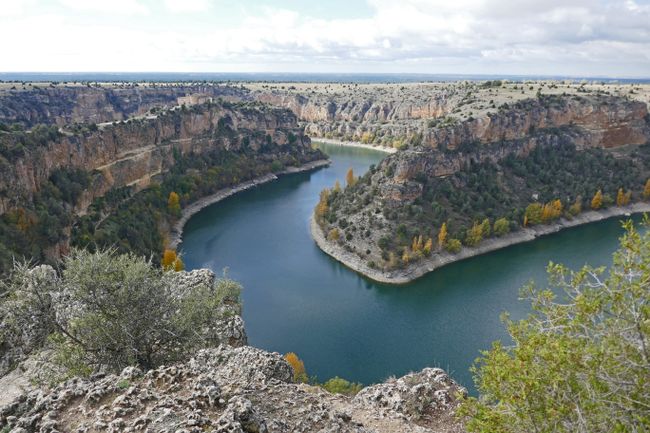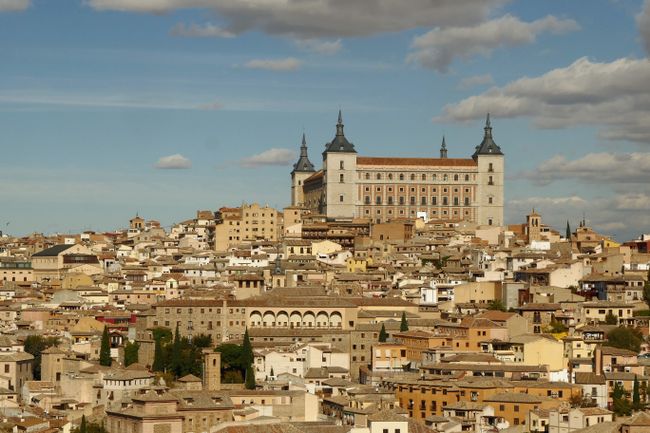Toledo, Àvila and Segovia
Публикувано: 12.11.2017
Абонирайте се за бюлетин
After our departure in Aranjuez, we will visit three Spanish cities that have been declared UNESCO World Heritage Sites: Toledo, Àvila and Segovia. Monuments, streets, and old buildings tell the story of the different cultures that built them.
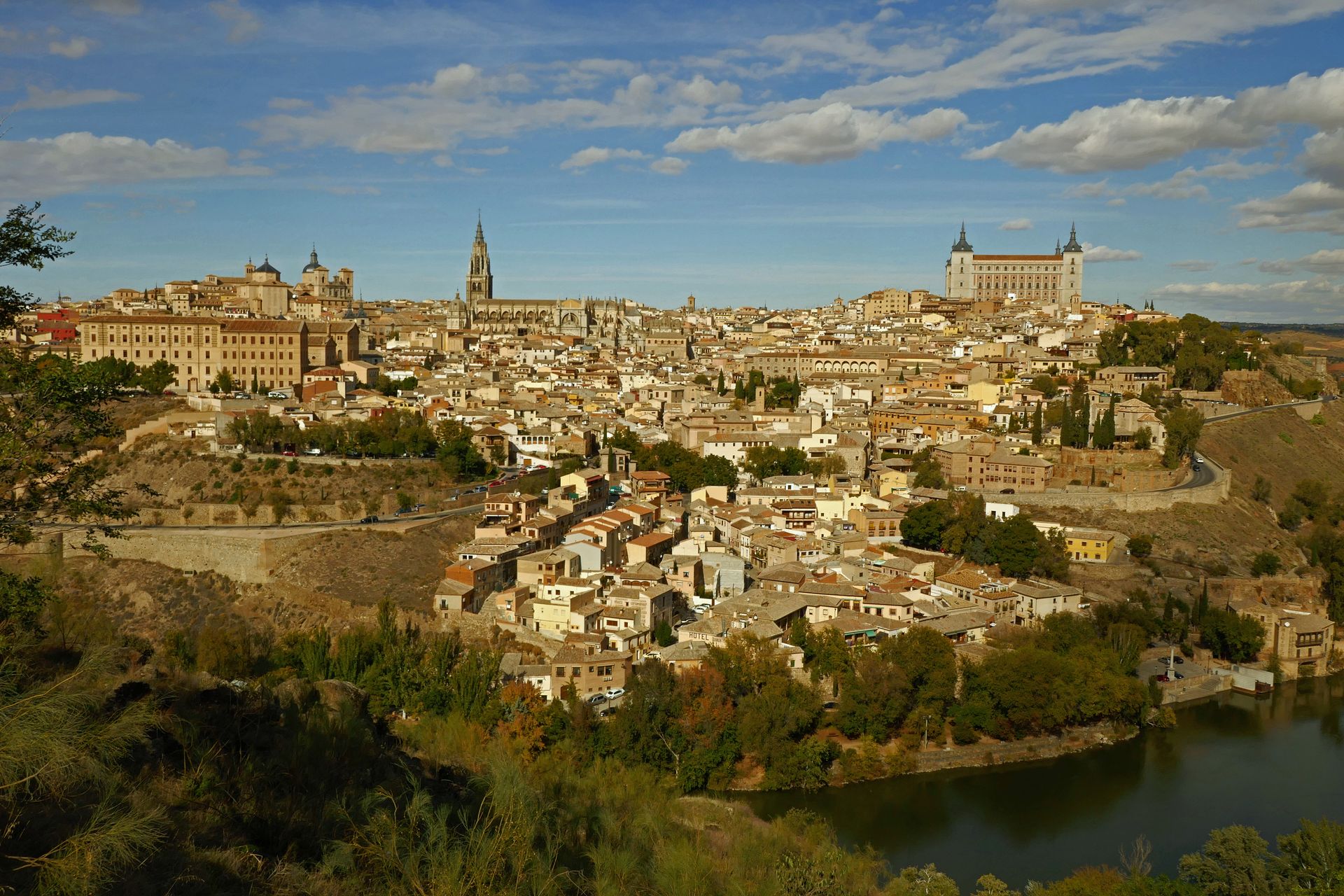
Toledo looks impressive from a distance. Its good strategic location and proximity to the Tajo River made it an attractive settlement for various peoples.
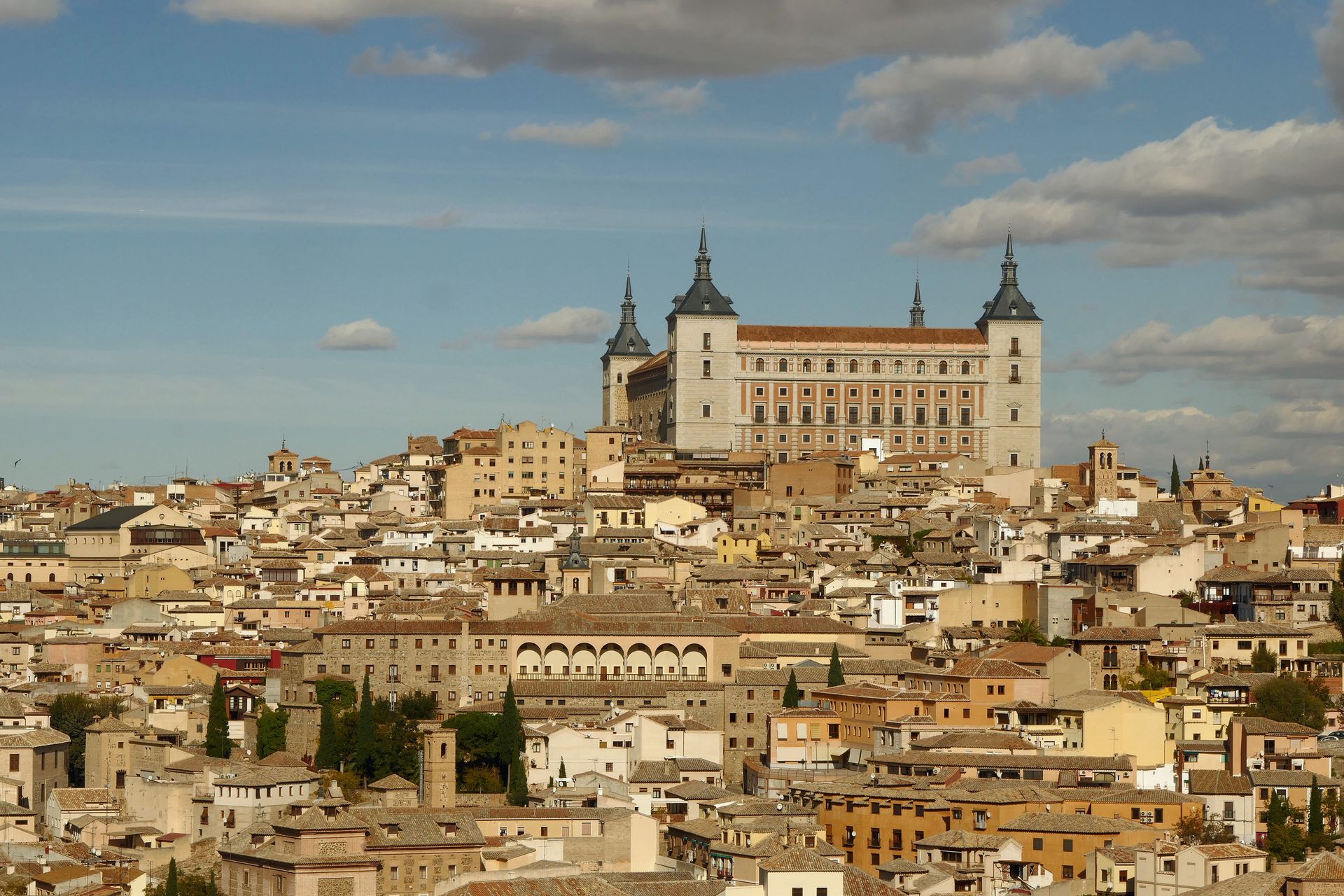
Many of Toledo's most impressive buildings date back to the Middle Ages. The Catholic rulers made the city their capital, the Jewish citizens brought craftsmanship and trade to flourish, and the Moorish artisans brought their talents to architecture. Scholars from all three religious traditions worked together at the Translator School of Toledo. In the 12th and 13th centuries, they translated countless works from antiquity into Latin and Spanish. It is thanks to their work that the Western world gained access to the vast knowledge of the Arab world.
Walking through the narrow streets, one feels transported back to the Middle Ages - and it is easy to get lost. Without a navigation system, Jürg and I were unable to find our starting point again. Fortunately, the friendly staff at the tourist office helped us.
In Àvila, we took less time. Although there is also much to discover there, we were mainly looking for a bar for lunch.
In Segovia, we planned to stay two nights.
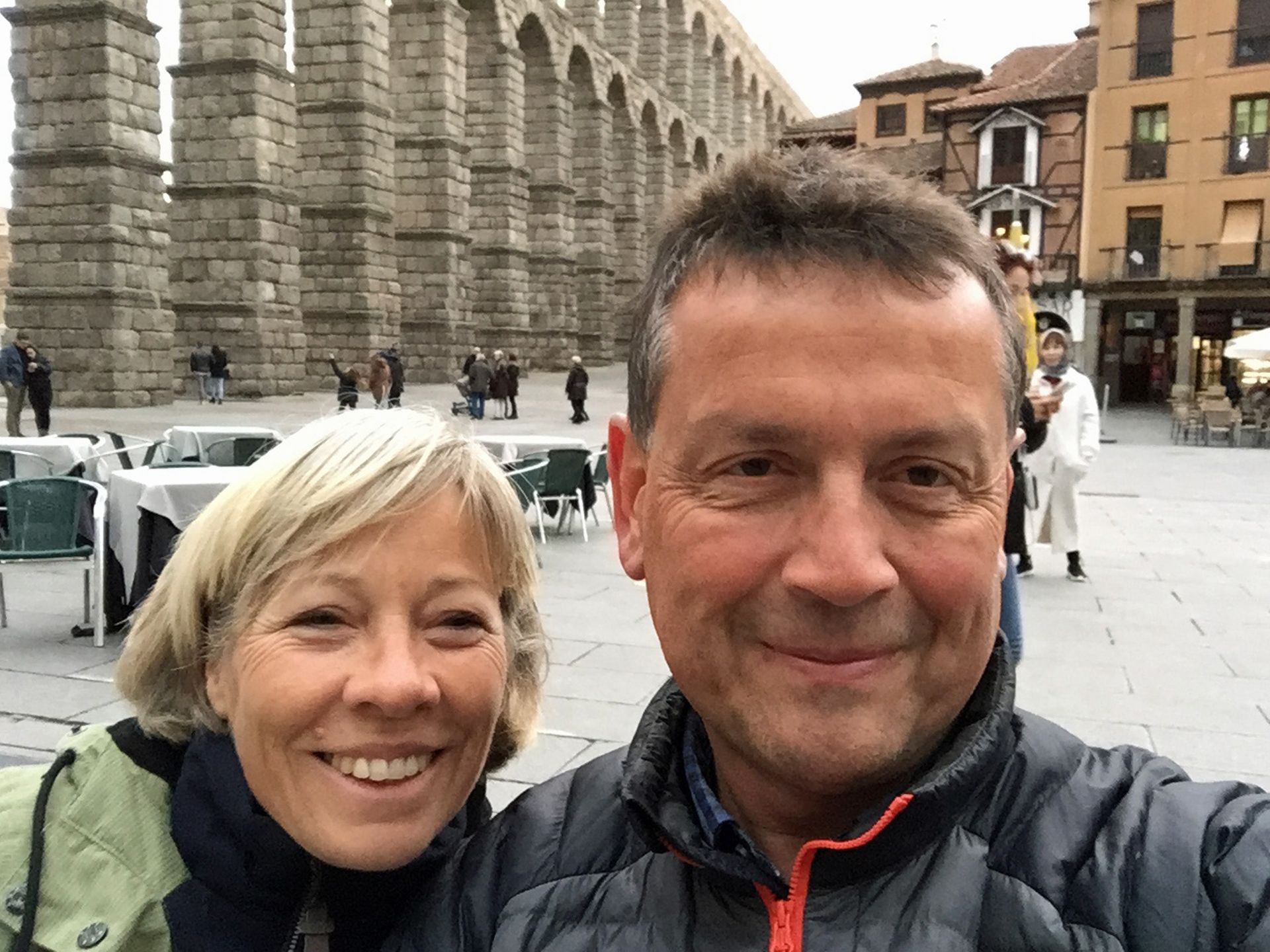
In front of the impressive, well-preserved aqueduct of Segovia (a trace of the Romans who lived here), we once again practiced taking selfies.
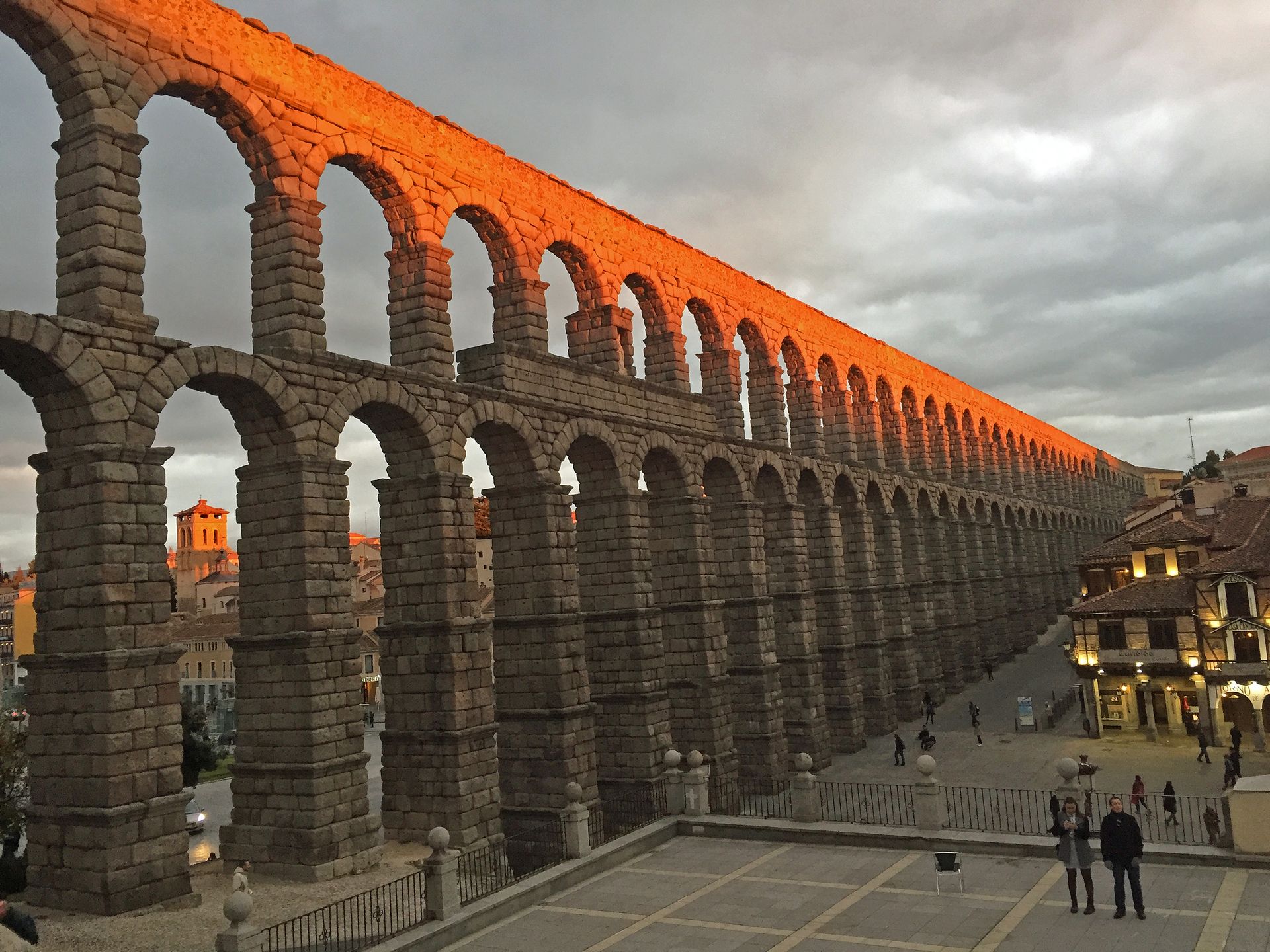
Since we are simply not city people, on the second 'Segovia day' we took a trip to the Duratòn. In a bend of this river is the chapel of San Fructos. The colors, rocks, shapes, and tranquility of this environment are soothing.
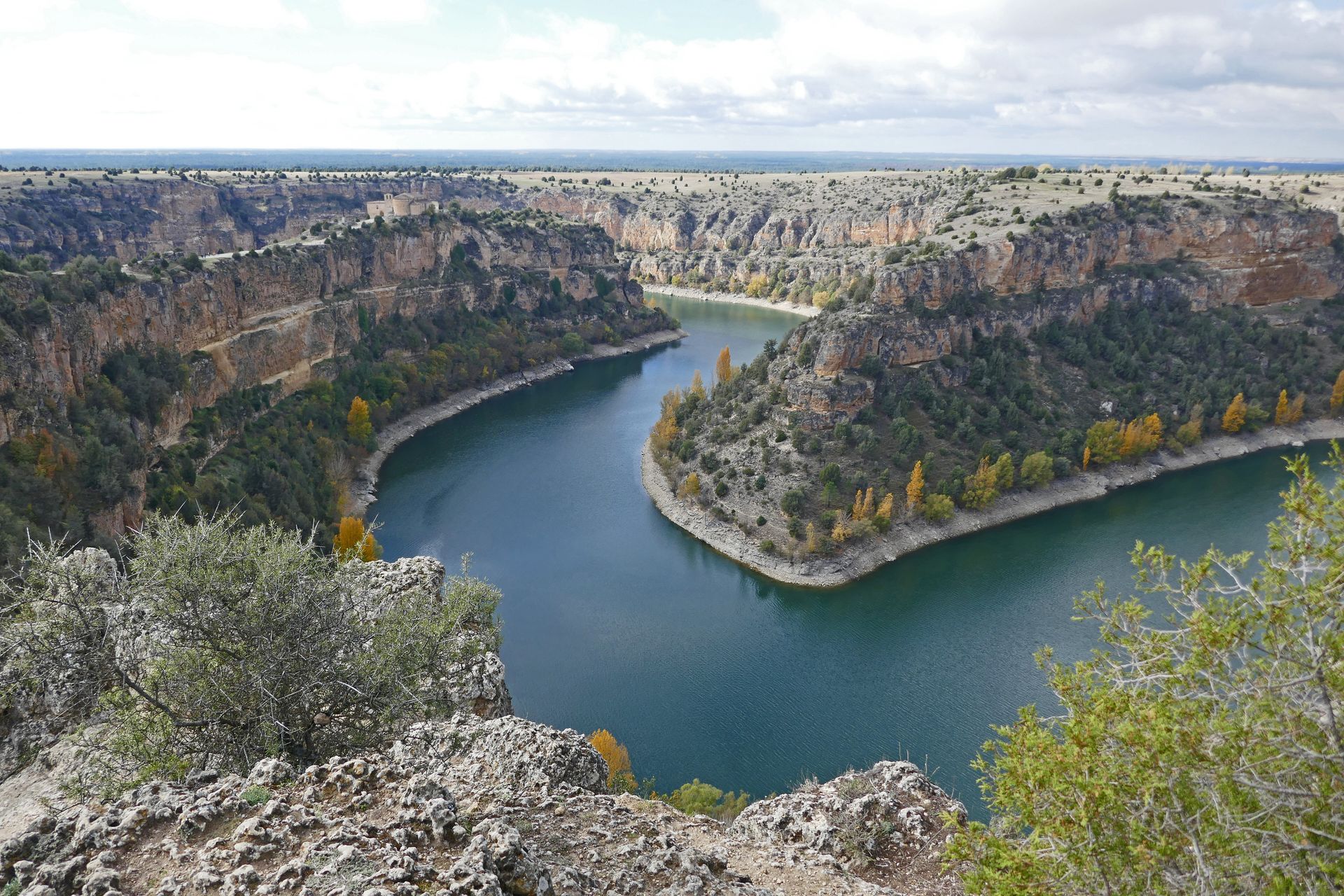
Once again, it was a great experience for me to be able to observe many griffon vultures. The large birds (with a wingspan of 3m) have never come this close to me before.

Elsbeth
Абонирайте се за бюлетин
Отговор
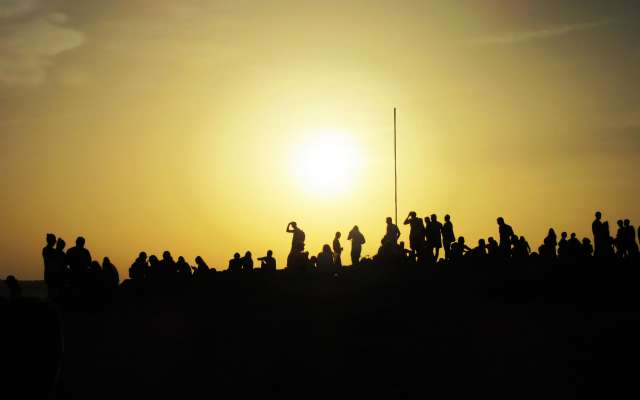
Отчети за пътуване Испания
